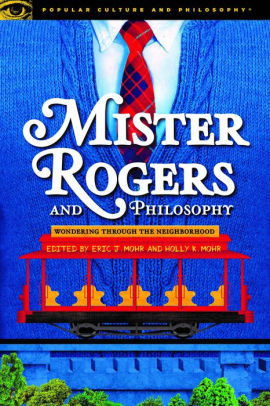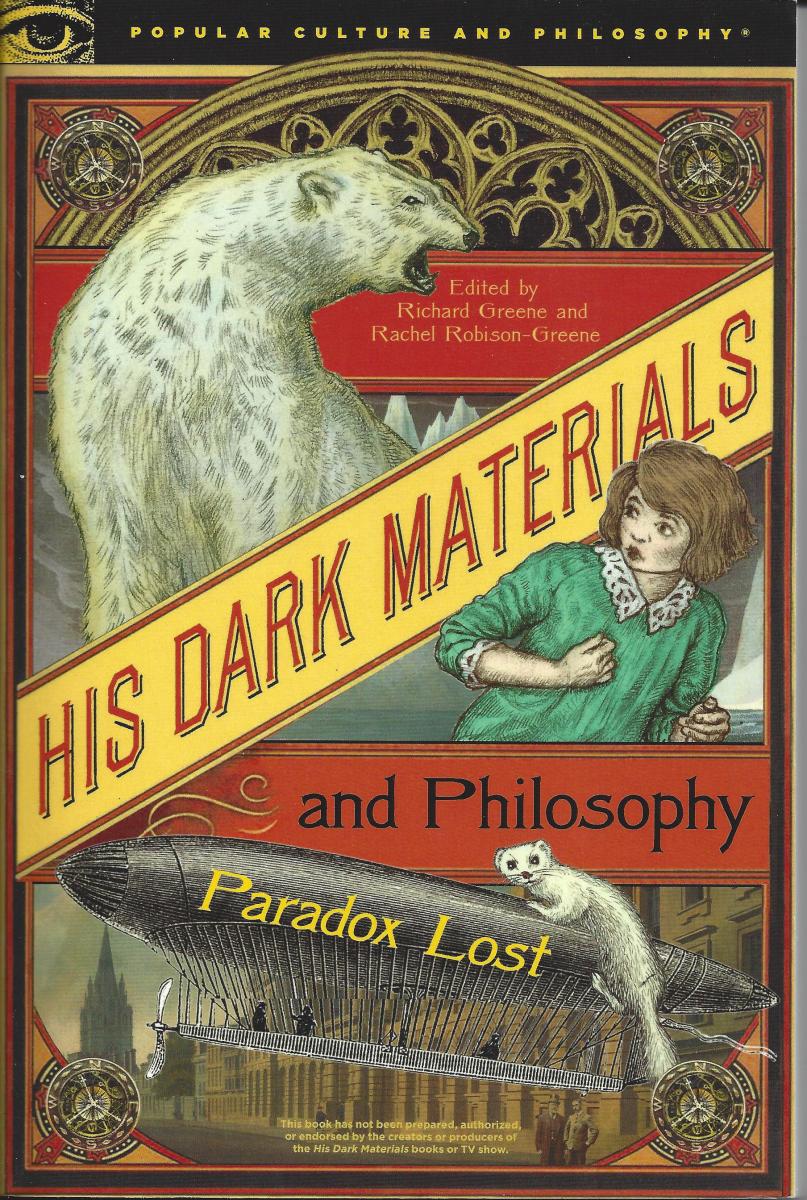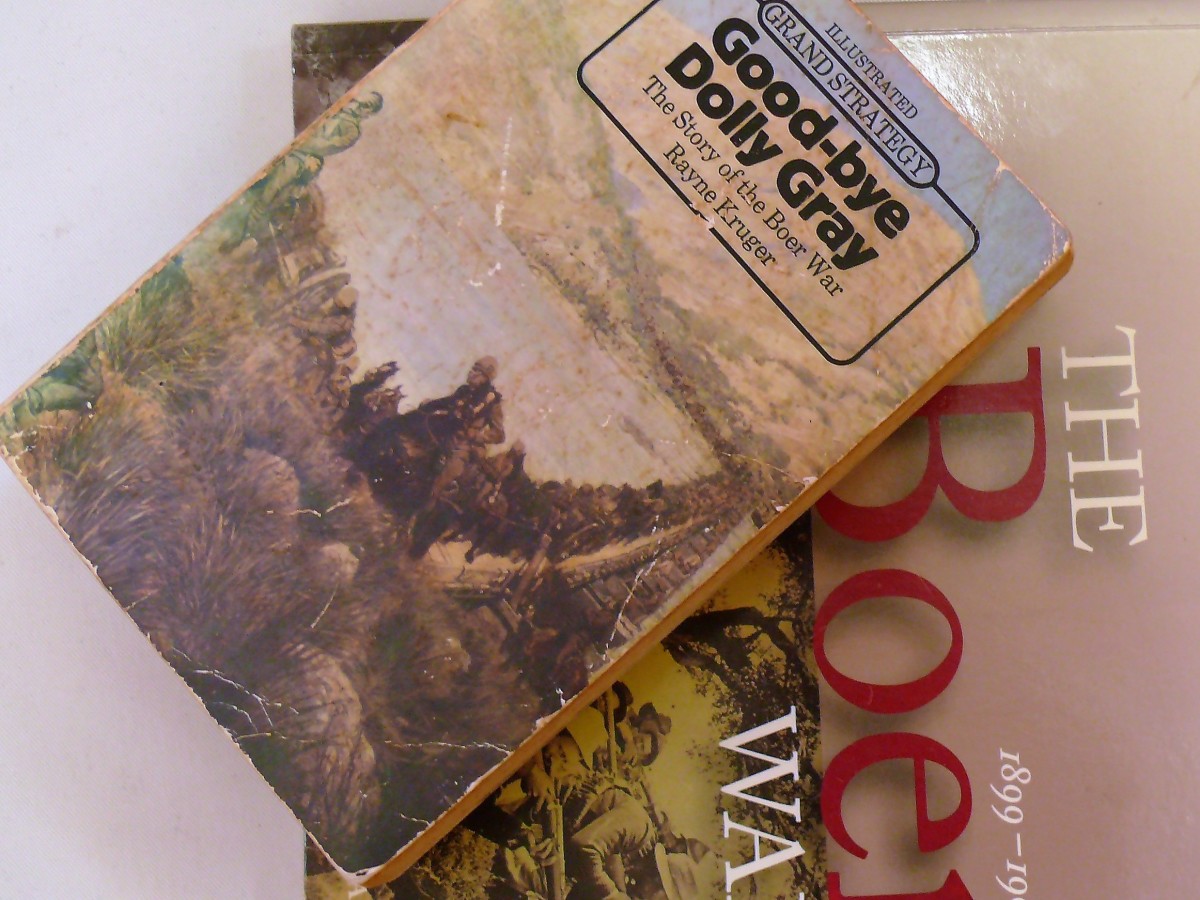'Mister Rogers and Philosophy', a Book Review
Introduction
“Mister Rogers’ Neighborhood” ran from 1968 through 2001. It spawned the 2012 follow-up kids’ show “Daniel Tiger’s Neighborhood”. Fred Rogers’ mannerisms and philosophy affected two generations of Americans. The book “Mister Rogers and Philosophy” analyzes his philosophy, the impact of his work and its relation to various aspects of life.
Disclaimer: I received a copy of this book from the publisher in exchange for my honest opinion.

The Strengths of “Mister Rogers and Philosophy”
Chapter 1 discusses how Mr. Rogers is rooted in wonder and how it can be cultivated.
Chapter 2 introduces the concept of mesmerism and Mr. Rogers. It also explains how Mr. Rogers’ laid the foundation for other explanatory shows, likely leading to “How It’s Made” and other science literacy shows. Chapter 6 continues this discussion while talking about matters he presented in a calm, child-friendly manner from grief after President Kennedy was shot to how preschoolers can handle daycare back when that was not commonly utilized. It also links Mr. Rogers’ approach to universal positive regard.
Chapter 3 discusses how Mr. Rogers made philosophy broadly accessible well before the “X for Dummies” books. It explains how children’s natural questioning leads to answers – including philosophical ones. Chapter 10 explains how Mr. Rogers demystified the world, answering questions while allaying fears. It also gets into the theory of imaginative play.
Chapter 4 is a comparison of Mr. Rogers relationship to Socratic inquiry and the Good Thinker’s toolkit.
Chapter 8 talks about how Mr. Rogers enabled art, using it to communicate instead of simply expressing oneself. Chapter 9 goes into greater detail on how the use of puppets helped him to connect with children.
Chapter 11 explains why Mr. Rogers never appears in the make-believe world. It also points out little details adults likely missed such as the fact that the big clock tower never had hands. There is no time in make-believe land. It spells out how Mr. Roger separated make believe from the world to teach emotional expression and coping, keeping that internal drama separate from his calm, kind persona. This chapter parallels Kierkegaard and Mr. Rogers, as well.
Chapter 14 addresses how Mr. Rogers lived out the ideal model of diversity and tolerance. Everyone was special, and everyone could be and do their own thing while still living and working together. This is related to the philosophy of personalism.
Chapter 15 discusses Mr. Rogers’ ministerial training and the impact on his work. It also talks about how Mr. Rogers presented the uplifting religious ideals that can be found in talking to your neighbors. Furthermore, it notes how your neighbors can be hell, too. Cue Sartre.
Chapter 16 analyzes Mr. Rogers in relation to Carl Rogers’ humanistic philosophy. Chapter 21 does the same, but it goes further with a serious discussion on Jürgen Habermas.
Chapter 18 compares Mr. Rogers’ personal philosophy with Daoism. This chapter is a decent introduction to Daoism concepts like simplicity, childlike wonder and deliberate slowness.
Chapter 23 compares Mr. Rogers to Voltaire and Rousseau. Chapter 24 compares Fred Rogers and the Ethics of Care. That ethical system takes the five channel morality Jonathan Haidt says conservatives use (care/harm, fairness, loyalty, authority, sanctity) and the two liberals use (care/harm and fairness) and says the only one that matters is care/harm.
The Weaknesses of “Mister Rogers and Philosophy”
In a book about Mr. Rogers, more than one author decided to appropriate Mr. Rogers. For example, Chapter 12 attempts to argue that not seeing puppets as people parallels humans being divorced from the world. It then takes a Buddhist approach to one-ness while using it to argue for environmentalism.
Chapter 13 repeats some of the ideas in Chapter 12 before attacking anthropomorphism. In this case, it argues that Mr. Rogers’ inclusivity of all people and make believe characters undermines anthropomorphism … and somehow supports transhumanism while smearing everyone who disagrees as sexist, racist and ablest.
Chapter 20 tries to apply Mr. Rogers’ show to modern politics. It uses a book on the philosophy of a children’s show to bash Trump and conservatives.
Chapter 22 attempts to appropriate Mr. Rogers to justify Communism. This sort of thing pops up in the “And Philosophy” books regularly.
Observations about “Mister Rogers and Philosophy”
Chapter 5 is a personal story paralleling modern life and the writer’s childhood watching Mr. Rogers. Pure filler content. However, compared to the bad sections, the book would have benefited from substituting several other chapters like this for the “Mr. Rogers justifies this unrelated political agenda I endorse” sections.
Chapter 17 tries to compare and contrast Mister Rogers’ Neighborhood with superhero fiction and similar ideals. It ends up bashing conservatives while presenting any real arguments for anything. Chapter 19 could have been a great chapter on Rogers’ religious influence and a comparison of intrinsic and extrinsic value, but it, too, is weighed down by conservative-bashing. I wonder if these authors are aware of their prejudices.
Summary
I give this book three stars. I wonder if the editors are aware of their institutional biases and lack of ideological diversity. If they’d cut out some of the political ranting and dropped the tackiest articles to focus on actual philosophy, it would have been great.
© 2019 Tamara Wilhite








